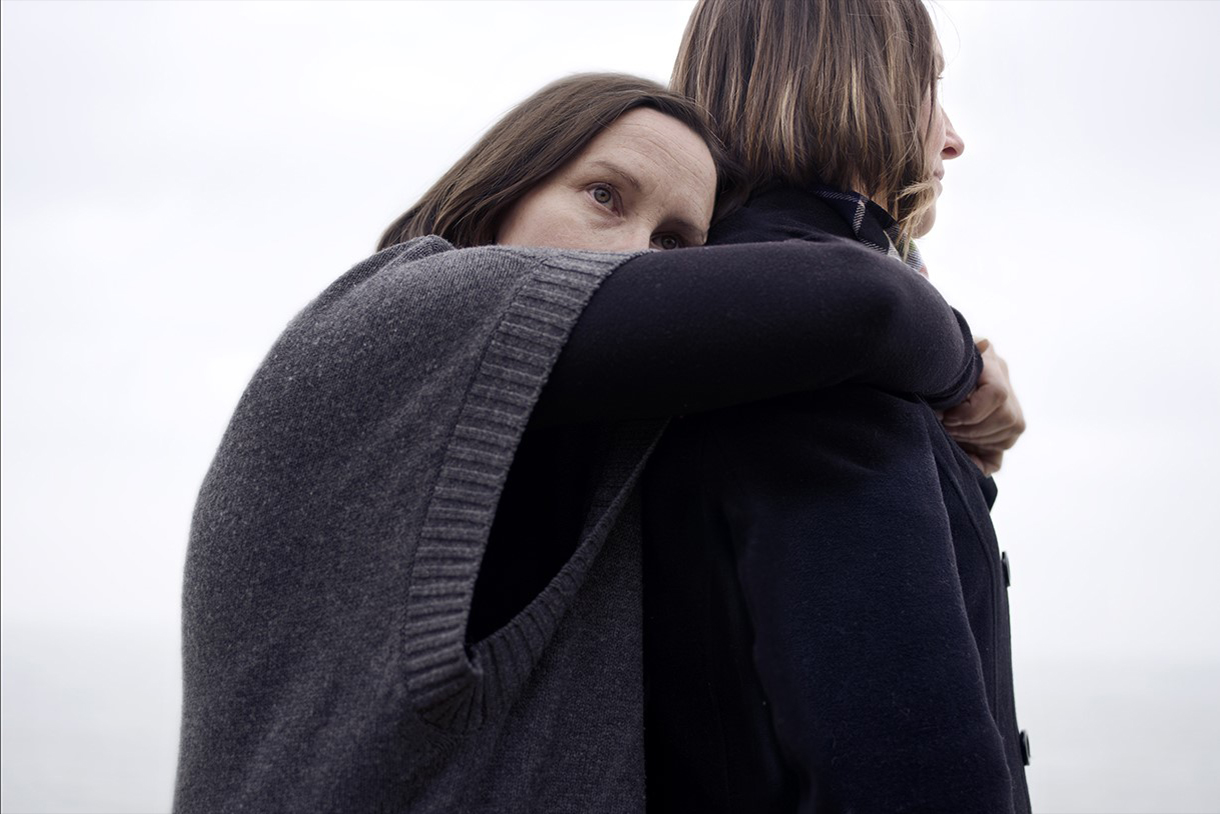Columbia Photography Professor on Her Passion for the Art of Photography
With more than 14 years at Columbia College Chicago, Kelli Connell, Professor and Graduate Program Director of Columbia’s Photography Department, tells us about bringing her passion for photography to Columbia and about emerging challenges in the field.
When did you first become interested in photography?
I first became interested in photography in high school. I had an art teacher who was passionate about photography. He made a closet in the classroom into a darkroom, and I was completely captivated by the entire process of shooting film, developing it by hand, and printing gelatin silver prints in that small space. It was truly magical, and I have been hooked ever since.
Why did you choose Columbia College Chicago?
I chose Columbia College Chicago because it is part of the vibrant Chicago art scene. The museums, galleries, non-profit art center, and artists who live here make Chicago a great place to live and make work. Having the opportunity to work in close proximity to the Museum of Contemporary Photography, which is part of our campus, was another thing that compelled me to choose Columbia.
What is your experience in the field? How do you bring your experiences into the classroom?
My photographs have been shown in gallery and museum exhibitions nationally and internationally. My work investigates sexuality, gender, identity, and photographer/sitter relationships. I strive to make work that challenges the societal norms and conventional understandings associated with these topics. I believe that progress can be made through this type of investigation, one that pays attention to how we are perceived by others, and how our collective histories shape how we will be remembered. I bring this inquiry into the classroom and do my best to create a learning environment for students that is equitable and inspiring for them as artists.
What is the greatest challenge of working in photography today? How have you approached overcoming that challenge?
One of the greatest challenges in the field today is that there are more artists and fewer opportunities than there were, even a decade ago. This makes it challenging when thinking about how difficult it is for students to navigate this landscape. In order to prepare students for this, we spend a lot of time meeting with artists and curators in the field and sharing resources with one another.
Can you tell me about past projects you are most proud of?
My on-going project “Double Life” is currently celebrating its twenty-year anniversary. The large-scale photographs in this series depict what appears to be an intimate relationship between two women. In reality, these photographs are digital montages of the same model, Kiba Jacobson, seen doubled. The reading of these images is two-fold. On one hand, the model is seen playing both characters in a relationship, and on the other, she is seen playing multiple sides of the self. The model is simultaneously dominant and submissive, masculine and feminine, the one who wants to stay and the one who wants to leave. Through these contrasts my photographs speak to larger issues regarding gender, sexuality, identity and the formation of the self. Working on this project over the years with Kiba Jacobson has been an immensely rewarding experience.
Are you currently working on any other projects?
Yes, my new project, “Pictures for Charis,” is based on the relationship of writer Charis Wilson to photographer Edward Weston (from 1934 – 1945). My partner, Betsy Odom, and I traveled to places where Wilson and Weston made work together in the 1930s and 1940s so that I could make new portraits of Betsy and landscapes in places that Weston made iconic. Pictures for Charis offers new perspectives, raising questions about gender, sexuality, and relationships in the 21st century.
What advice do you have for students interested in pursuing photography as a career?
The best piece of advice I can offer is to get to work. Artists who dedicate time to work they are passionate about are set up to succeed. It’s true that the more time you spend making work, the more you grow as an artist and the more prepared you will be for a career in photography.
MEDIA INQUIRIES
Daisy Franco
Communications Manager
dfranco@colum.edu
Recent News
- Columbia Holds Sixth Annual Hip-Hop Festival
- 5 Questions with Columbia Alum and Trustee Staci R. Collins Jackson
- Anchor and Reporter Paige Barnes ’21 Found Stories Worth Telling at Columbia
- Make Columbia Part of Your Holiday Season: Watch Alum Movies and Shows
- Fashion Design Alum Shaquita Reed ’18 Expresses Herself Using Different Mediums

